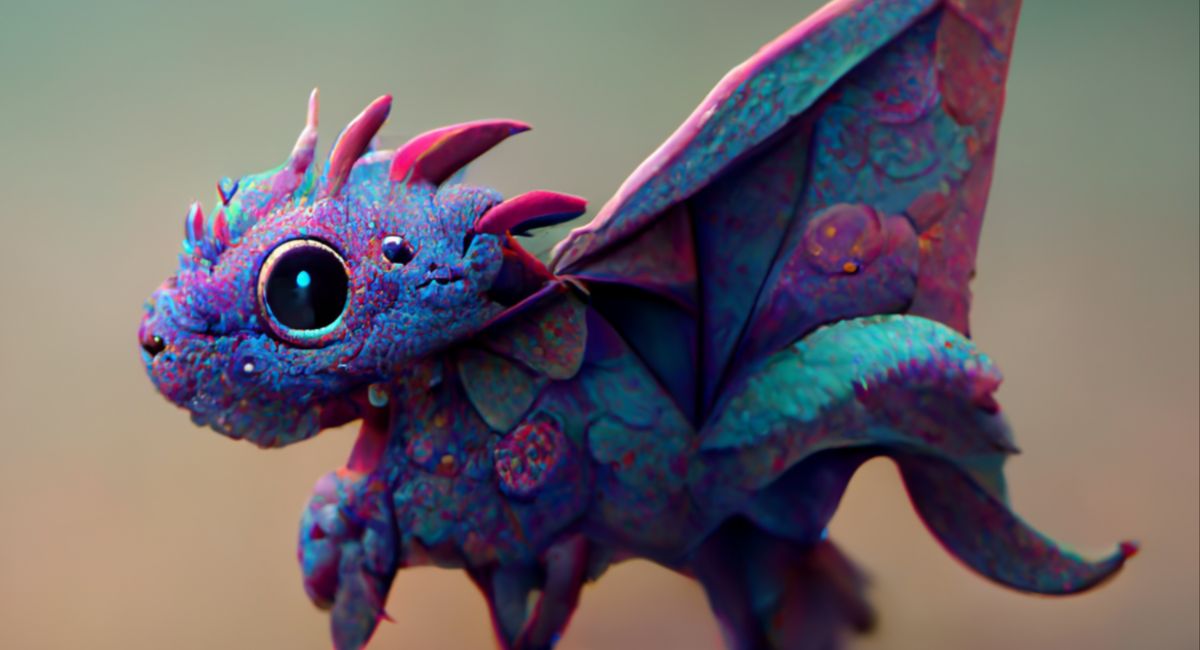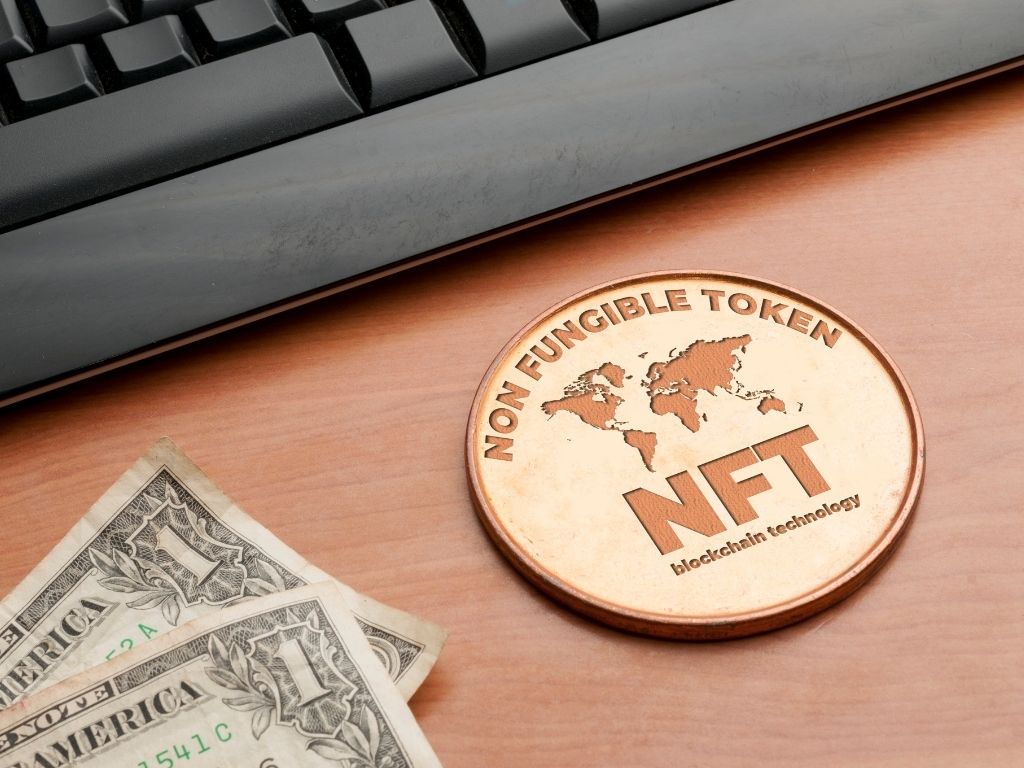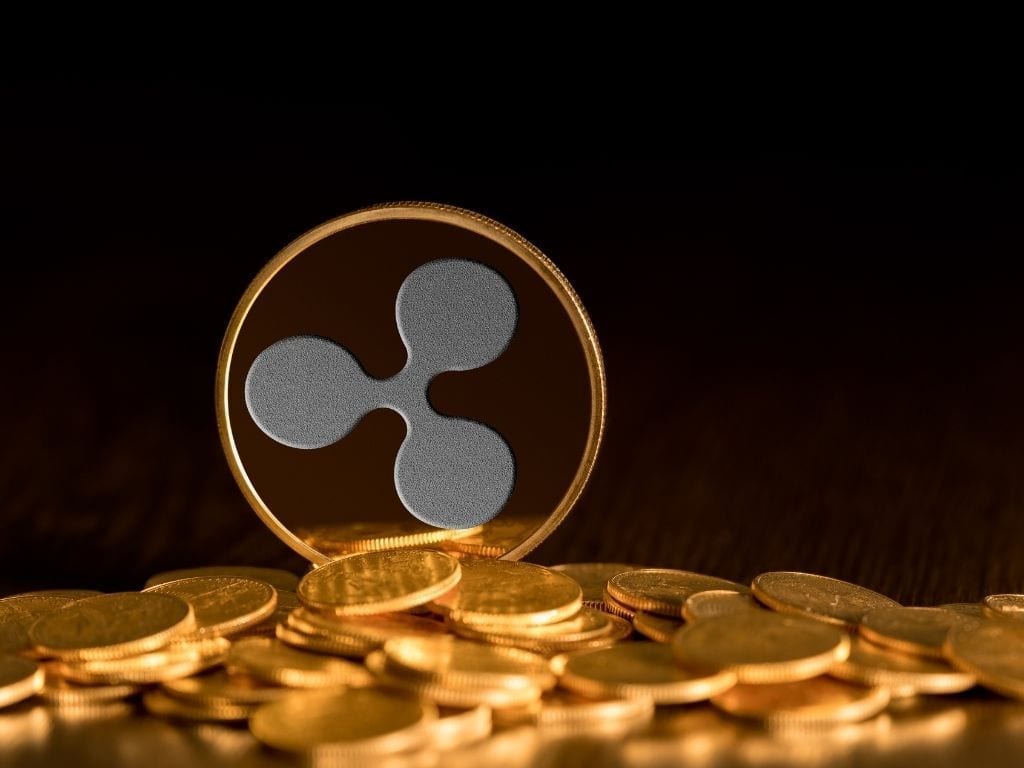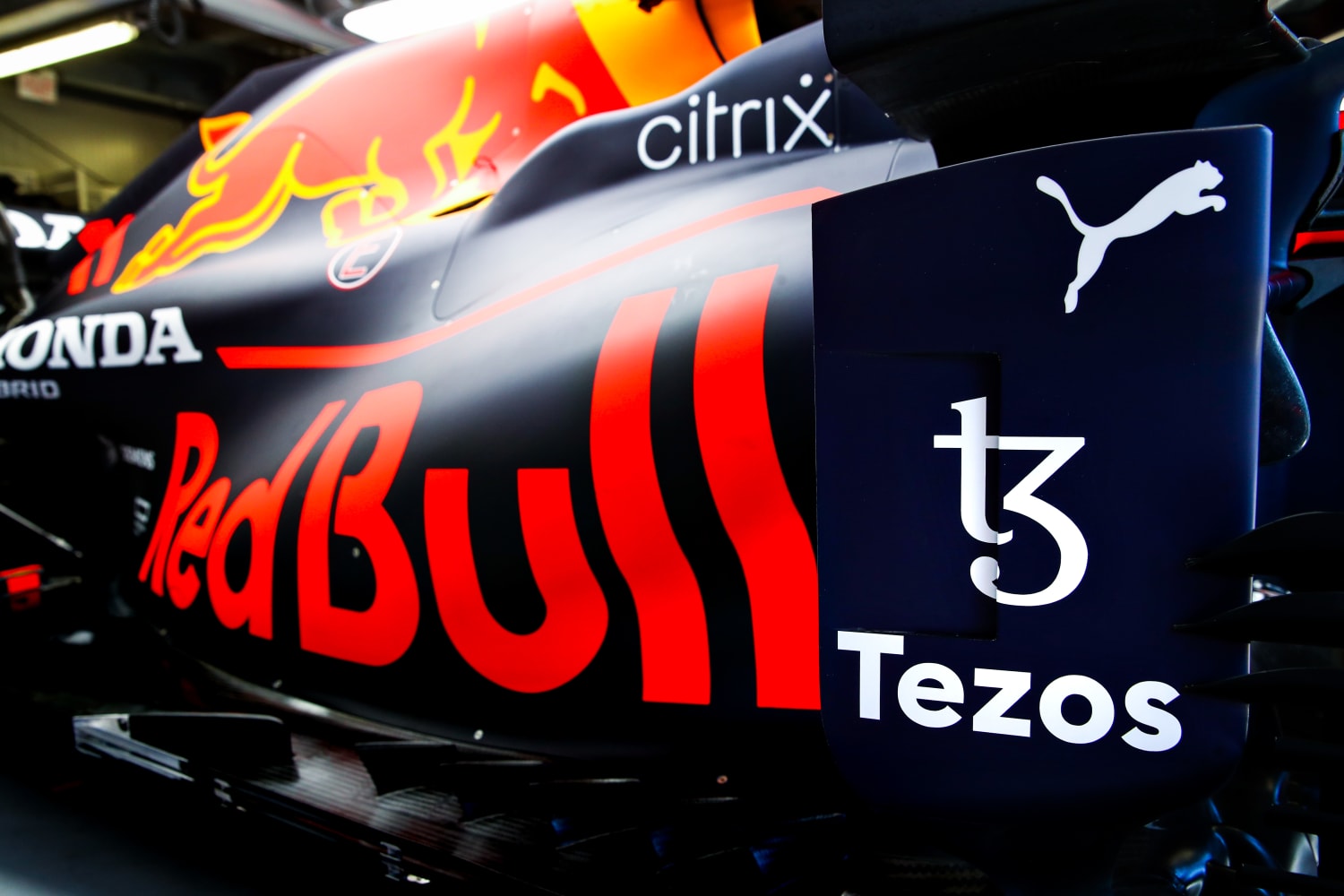Exploring The Potential Of Machine Learning In NFT Artwork: Implications And Analysis
The world of non-fungible tokens (NFTs) has exploded in recent years, with digital artwork fetching millions of dollars at auction. As the NFT market continues to grow, the potential for machine learning to enhance the creation and analysis of NFT artwork is becoming increasingly clear. In this article, we will explore the potential of machine learning in NFT artwork and its implications for the NFT market.
What is Machine Learning?
Machine learning is a subset of artificial intelligence that allows computers to learn and improve from experience without being explicitly programmed. Machine learning algorithms can analyze data and identify patterns, making predictions or decisions based on the analysis.
Machine Learning in NFT Artwork Creation
The creation of NFT artwork involves a lot of creativity and imagination, but machine learning can be used to enhance the process. For example, machine learning algorithms can analyze a dataset of images or videos to identify patterns and generate new images or videos that are similar in style or composition. This can be useful for artists who are looking to create a series of NFT artwork that has a consistent style.
Machine learning can also be used to enhance the quality of NFT artwork. For example, image super-resolution techniques can be used to increase the resolution and detail of digital images, making them more suitable for NFTs. Other techniques, such as generative adversarial networks (GANs), can be used to create new images or videos that are indistinguishable from real ones.
Also, read – Beyond Artwork: The Evolution of NFTs
Machine Learning in NFT Artwork Analysis
Machine learning is a powerful tool that is rapidly transforming many industries, including the world of NFT artwork. By leveraging the capabilities of machine learning, artists and collectors alike can benefit from new insights and opportunities to create, analyze, and invest in NFT artwork.
One of the most significant benefits of machine learning for NFT artwork is its ability to enhance the quality and appeal of digital images and videos used in NFTs. Machine learning algorithms can analyze images and videos to identify patterns and features that enhance their visual appeal, such as color saturation, contrast, and composition. This can lead to the creation of NFTs that are more visually appealing and valuable.
In addition to improving the quality of NFT artwork, machine learning can also provide new insights and data analysis to help inform investment decisions. By analyzing metadata and other relevant data, machine learning algorithms can identify patterns and trends in the NFT market, helping investors make more informed decisions about buying and selling NFTs.
Machine learning can also be used to detect fraudulent NFTs, which is an increasingly important concern in the market. By analyzing metadata and other data points, machine learning algorithms can identify suspicious patterns or anomalies that could indicate fraud. This can help prevent investors from losing money on fake or fraudulent NFTs.
Another significant benefit of machine learning in NFT artwork is its potential to enable new forms of digital art. Machine learning algorithms can be used to generate new artwork based on a given set of inputs, opening up new creative possibilities for artists and collectors alike. This could lead to the creation of entirely new types of NFT artwork that were previously impossible to create.
However, there are also potential drawbacks to the use of machine learning in NFT artwork. For example, increased competition resulting from the ability to use machine learning to create new NFTs could make it more difficult for artists to stand out in the market. Additionally, the use of machine learning in NFT artwork could lead to increased market consolidation, with larger companies using their resources to dominate the market.
Machine learning is a powerful tool that has the potential to revolutionize the world of NFT artwork. By enhancing the quality and appeal of NFT artwork, providing new insights and data analysis for investors, detecting fraudulent NFTs, and enabling new forms of digital art, machine learning has the potential to create new opportunities and unlock new creative possibilities in the NFT market. However, it is also important to carefully consider this technology’s potential drawbacks, including increased competition and market consolidation.
Relaxed navigation through the clean and user-friendly #Opepen NFT art cockpit 🤠
Opt-in for the draw of the current drops 1 and 2 of 80 handmade and 80 AI generated artworks.
198 more drops to follow in the coming weeks and months. It will be a gamified art experience each… pic.twitter.com/tIOHipa1RI
— space🤠nft.eth (@spacecowboy_nft) May 1, 2023
Implications for the NFT Market
The use of machine learning in NFT artwork has significant implications for the NFT market. The ability to generate new NFT artwork using machine learning algorithms could lead to an explosion of new NFTs, making it difficult for artists to stand out in a crowded market. On the other hand, the ability to analyze NFT artwork using machine learning algorithms could lead to more informed investments in the NFT market, reducing the risk of fraud and increasing the value of genuine NFTs.
- Increased Efficiency in NFT Creation: Machine learning algorithms can help automate certain aspects of NFT artwork creation, making the process more efficient and faster.
- Better Quality NFTs: Machine learning can be used to enhance the quality of digital images or videos used in NFTs, increasing their value and desirability.
- Increased Market Competition: The ability to use machine learning to create new NFT artwork could lead to an explosion of new NFTs, increasing competition in the market and making it harder for artists to stand out.
- Improved Fraud Detection: Machine learning can help detect fraudulent NFTs by analyzing metadata and identifying anomalies or patterns.
- More Informed Investment Decisions: With the ability to analyze NFT artwork using machine learning algorithms, investors can make more informed decisions when buying or selling NFTs.
- Enhanced Market Transparency: Machine learning can help provide more transparency in the NFT market by providing data and analysis on trends and pricing.
- New Revenue Streams: Machine learning can enable new revenue streams for NFT marketplaces by allowing them to offer additional services such as fraud detection or data analysis.
- Improved User Experience: Machine learning can help improve the user experience for NFT marketplaces by providing personalized recommendations and search results.
- Increased Market Access: Machine learning can help lower barriers to entry for artists and creators, allowing them to more easily create and sell NFTs.
- New Artistic Possibilities: Machine learning can enable new forms of digital art that were previously not possible, leading to new artistic possibilities in the NFT market.
Conclusion
Machine learning has the potential to revolutionize the world of NFT artwork, both in the creation and analysis of NFTs. Machine learning algorithms can be used to generate new NFT artwork, enhance the quality of existing NFTs, and analyze NFT metadata to identify trends and detect fraud. As the NFT market continues to grow, the use of machine learning in NFT artwork is likely to become increasingly important, and could have significant implications for the future of the NFT market.
Stay informed with daily updates from Blockchain Magazine on Google News. Click here to follow us and mark as favorite: [Blockchain Magazine on Google News].
Get Blockchain Insights In Inbox
Stay ahead of the curve with expert analysis and market updates.
latest from tech
Disclaimer: Any post shared by a third-party agency are sponsored and Blockchain Magazine has no views on any such posts. The views and opinions expressed in this post are those of the clients and do not necessarily reflect the official policy or position of Blockchain Magazine. The information provided in this post is for informational purposes only and should not be considered as financial, investment, or professional advice. Blockchain Magazine does not endorse or promote any specific products, services, or companies mentioned in this posts. Readers are encouraged to conduct their own research and consult with a qualified professional before making any financial decisions. The featured image used is just a creative depiction of the title and it does not intend to hurt sentiments of any person or institution. If it hurts anyone sentiments, please do not hesitate to reach out to Blockchain Magazine.

 Bitcoin
Bitcoin  Ethereum
Ethereum  XRP
XRP  Tether
Tether  Solana
Solana  Dogecoin
Dogecoin  USDC
USDC  Cardano
Cardano  Lido Staked Ether
Lido Staked Ether  TRON
TRON  Chainlink
Chainlink  Avalanche
Avalanche  Wrapped stETH
Wrapped stETH  Stellar
Stellar  Wrapped Bitcoin
Wrapped Bitcoin  Sui
Sui  Hedera
Hedera  Toncoin
Toncoin  Shiba Inu
Shiba Inu  WETH
WETH  Polkadot
Polkadot  Parkcoin
Parkcoin  LEO Token
LEO Token  Bitget Token
Bitget Token  Litecoin
Litecoin  Bitcoin Cash
Bitcoin Cash  Uniswap
Uniswap  Hyperliquid
Hyperliquid  Official Trump
Official Trump  Wrapped eETH
Wrapped eETH  Pepe
Pepe  USDS
USDS  NEAR Protocol
NEAR Protocol  Ethena USDe
Ethena USDe  Aave
Aave  Aptos
Aptos  Internet Computer
Internet Computer  Ondo
Ondo  Ethereum Classic
Ethereum Classic  Monero
Monero  POL (ex-MATIC)
POL (ex-MATIC)  OKB
OKB  Cronos
Cronos  Dai
Dai  Mantle
Mantle  Algorand
Algorand  Render
Render  MANTRA
MANTRA 




